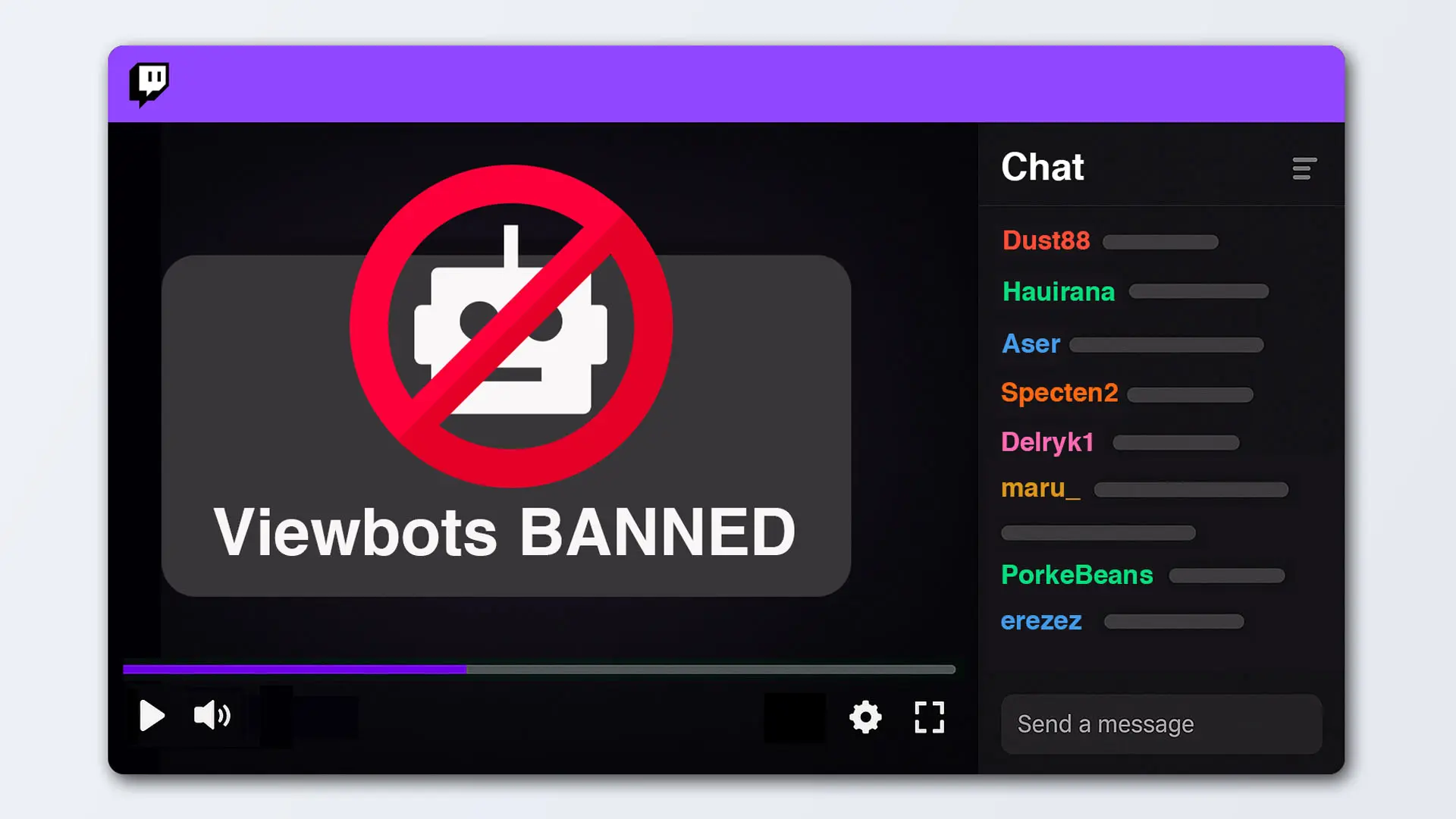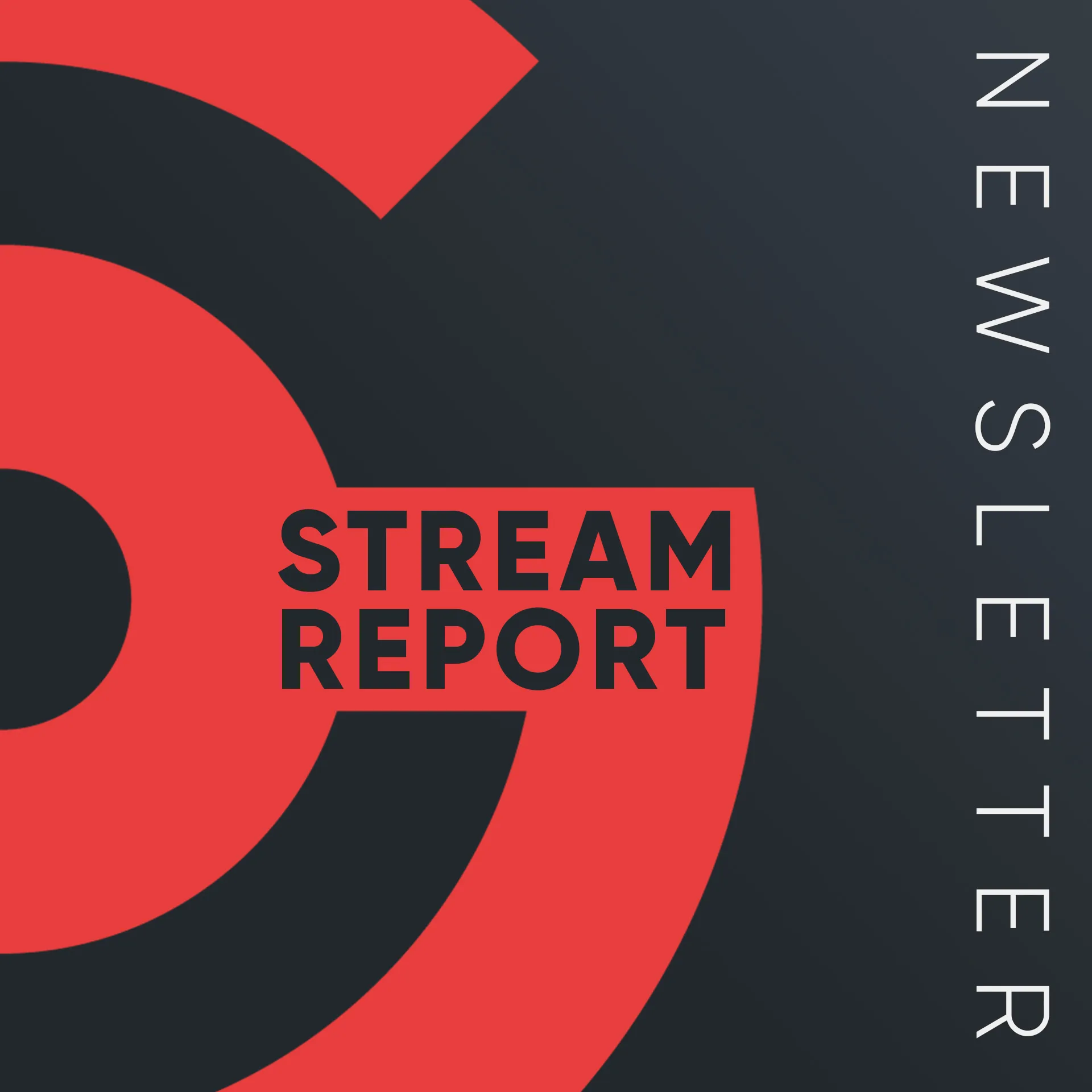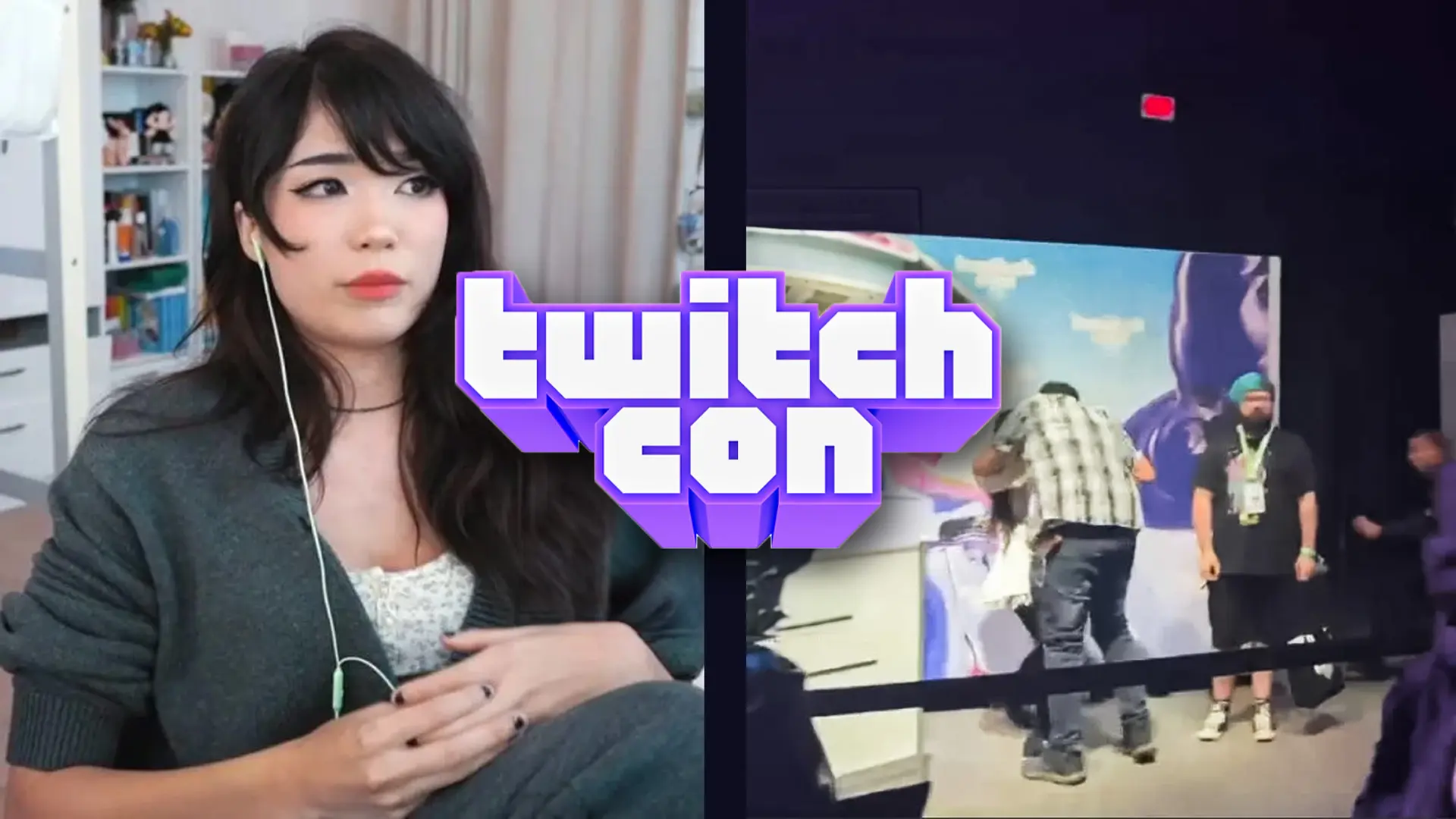Twitch’s New Viewbot Crackdown: What Creators Need to Know

After years of creators complaining about artificial viewership inflating the platform’s metrics, Twitch finally announced they’re taking serious action. This week, Twitch Support revealed they’ve made “meaningful improvements” to their ability to identify viewbots, inauthentic viewership, and fake engagement.
What Twitch Actually Announced
The official word from Twitch Support was refreshingly direct: they have dedicated teams and technology focused on ensuring viewcounts reflect actual viewership, not artificially inflated numbers. The key points:
- Detection Improvements: They’ve updated their systems to better identify viewbots and fake engagement, with changes rolling out over the next few weeks.
- Immediate Impact: Channels that have been viewbotted (whether intentionally or not) will see viewcount drops as artificial viewers get filtered out.
- Third-Party Data Changes: Sites that track Twitch viewership will see their data shift as the new detection kicks in.
- No Streamer Punishment: Importantly, they acknowledge that viewbotting is often out of the streamer’s control, so they’re not penalizing creators whose channels have been targeted.
CEO Dan Clancy followed up with additional context, emphasizing that this has been a delicate balance.
While I know for some of you it has been frustrating, we wanted to take our time to make sure we were not inadvertently filtering out real users.
The RayJ Example
This crackdown comes at an interesting time. Last month, streamer RayJ seemingly admitted to viewbotting, claiming it effectively “doubles his money” by paying to get pushed higher up in Twitch’s viewership hierarchy. It’s a perfect real-world example of how artificial viewership directly impacts discoverability and, ultimately, revenue.
It’ll be interesting to monitor how these detection improvements affect channels like RayJ’s. If Twitch’s new systems are as effective as they claim, we should see some dramatic viewership adjustments in the coming weeks.
This Isn’t Twitch’s First Rodeo
Longtime readers might remember my 2023 newsletter about Twitch’s response to the Fextralife “cheating” scandal. Gaming site Fextralife, with over 1.6 million followers, was accused of embedding Twitch streams on their website to artificially inflate viewership. The telltale sign? Massive viewership numbers with suspiciously little chat activity.
Clancy’s quick fix back then was to disable autoplay on embedded streams, which seemed to work as a temporary solution. But clearly, Twitch has been working on more comprehensive measures since then to prevent this kind of abuse.
The Technical Reality
Viewbot detection will always be a cat and mouse game. As Clancy noted, third parties constantly work to avoid detection, which means Twitch has to continuously update their systems.
The real challenge for Twitch is the balance between accuracy and fairness. They can’t just punish every streamer who has bots in their viewership – that would be ripe for abuse, with people viewbotting competitors to get them banned. Instead, they have to focus on filtering out the artificial numbers while protecting legitimate streamers.
All Twitch can really do is make viewbotting harder and more expensive, hopefully enough to discourage most creators from attempting it.
What This Means for Creators
The good news is that legitimate streamers have nothing to worry about. If you’re seeing organic growth and engagement, these changes should only help by creating a more accurate playing field.
However, some creators might see temporary viewcount fluctuations as the new detection systems calibrate. Don’t panic if your numbers dip slightly – Twitch is trying to filter out artificial inflation, not punish real growth.
For the platform overall, this should mean more accurate metrics for everyone. Brands looking at Twitch partnerships, streamers comparing their growth, and viewers discovering content should all benefit from numbers that actually reflect real engagement.
Watching the Data
Good on Twitch for finally addressing this seriously. While platforms often benefit from inflated numbers when reporting to brands or parent companies, artificial metrics hurt everyone in the long run. They make it harder for legitimate creators to get discovered, skew advertiser expectations, and create an unfair competitive landscape.
This won’t completely solve the viewbot problem – it’s an ongoing battle. But making it significantly harder and more expensive to game the system is a step in the right direction.
I’ll be keeping a close eye on how this plays out in the aggregate data. Our Twitch Stats and Analytics page tracks platform-wide metrics, so it’ll be interesting to see if August shows any significant dropoff compared to recent months.
Pete’s Content Corner
Delve into my weekly selection of content creation highlights – handpicked videos, podcasts, and tweets that promise to captivate, educate, and entertain.
- Twitch rolled out Day One Monetization for all US-based streamers this week, letting creators earn money from their very first stream. You can’t withdraw the earnings until you hit Affiliate status, but you can spend them on-platform for Gift Subs or Bits.
- Twitch has increased the bitrate limit for 2K streaming in Enhanced Broadcasting to 9,000 kbps, up from 7,500 kbps. That’s a pretty significant 20% boost that should deliver noticeably sharper quality for creators streaming in 2K.
- YouTube updated their advertiser-friendly guidelines to allow strong profanity in the first 7 seconds of videos, reversing a policy that previously limited monetization for this content. The change comes after creator feedback and shifting advertiser expectations, though profanity in titles/thumbnails and high-frequency usage throughout videos still impacts monetization.
Thanks, as always, for taking the time to read Stream Report.
Pete ✌️






